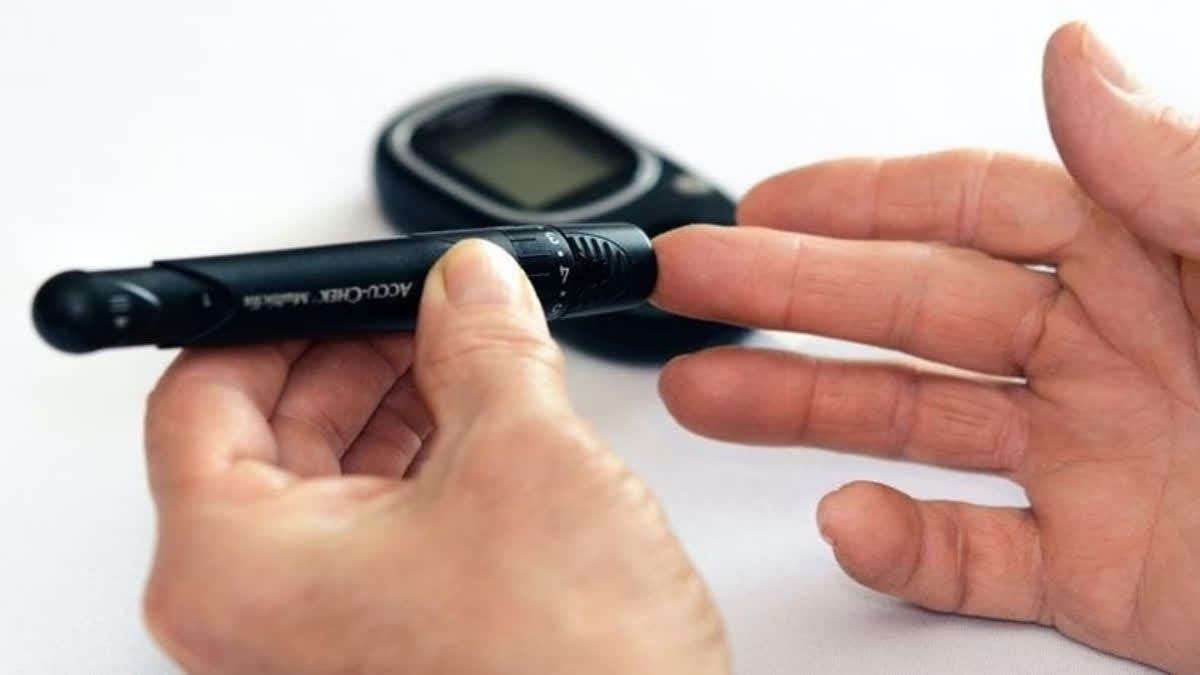Toronto (Canada): There has been an increase in Type-1 diabetes incidences in children and adolescents after COVID-19, reveals a recent study. It has been highlighted in the report that youngsters may suffer catastrophic repercussions. Based on 42 studies which included 1,02,984 children and teenagers under the age of 19, the study was published in JAMA Network Open.
The study's outcome stated that the rate of Type-1 diabetes is 1.14 times higher than that of the first year. In the second year following the beginning of the COVID pandemic, it is 1.27 times higher. Also, Type-2 diabetes cases in children and adolescents have further increased. Additionally, the study discovered more frequent cases of diabetic ketoacidosis (DKA), and its rate is 1.26 times higher than it was prior to the pandemic. The most prevalent and serious form of diabetes is Type-1, which can be life-threatening. In Type-1 diabetes, the body is unable to utilise blood sugar as energy, simply because there is insufficient insulin in the cells.
According to a group of experts from the University of Toronto in Canada, additional resources are required for treating the growing number of children and adolescents suffering from diabetes. During the pandemic, experts detected diabetes in children and adolescents and expressed their concern over it. If the patients remain impacted by diabetes for an extended period of time, the condition may lead to death.
However, the researchers added that it is unclear what has been causing the rise in such cases. According to some theories, the risk of diabetes in early childhood increased following the COVID. Stress and children's changing lifestyles may be to blame and could be the reason for the spike in cases.
Also read: Loneliness linked with elevated risk of heart disease in patients with diabetes: Study



